for the master design
Positioning of the Master Design as a study programme
As a study programme, we are in a changing field. We occupy a specific place in the domain of masters programmes. Because we focus on the students own design goals, we make room for the engagement that we see in current design practice among many designers, but also for authorship.
The methods that we give the students to conduct designerly and in-depth research into their design question together with participants support this. Each student maps out a personal path and contributes in his/her own context to designed solutions for specific issues. By working on this for two study years, they lay a solid foundation for their new professional practice. When they graduate with us, designers have developed their own methodology of design research and reflection in a specific context. In addition, through their design request, they found a place as experts in a new, meaningful network.
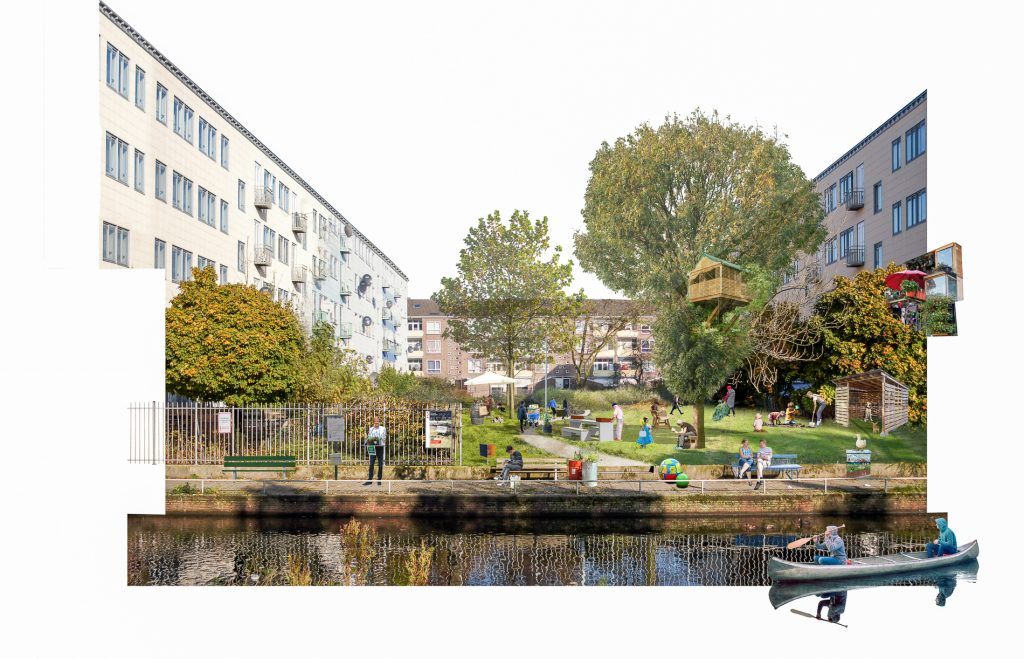
International perspective
What stands out is that the design research of our students is context-bound, but that the network in which they acquire and share knowledge is worldwide.
This is in line with our vision, which sees the profession as explicitly international. We closely follow developments within the Design Research Society, the Social Design Showdown, the Information Design Conference, St. Verhalende Journalistiek/Narrative Journalism Foundation, and work together with the Master Design of the Hochschule der Künste Bern and HR-lector Anja Overdiek from Creating 010.
In addition, our tutors (and students) bring international networks with them through their own practice and design research. In this way, the position of the study programme in the broader field is constantly monitored and, where necessary, refined. We continuously translate our current practical, methodical and theoretical knowledge into our education.
Learning Lines
Our course has its own methodology, linked in three learning lines: Design Research, Storytelling and New Practices. Our curriculum offers workshops, lectures and coaching sessions in which the changing perspectives within this methodology are continuously discussed.
In four semesters, the students work on increasing independence. In the first semester, they explore their design goal. They find first answers to underlying questions through methods offered by the study programme. In the second semester, they define themselves by choosing and tweaking the methods that suit them best. In the third semester, they become firmly established in their approach and deepen their knowledge to reach their design goal, in order to position themselves in their network with their own methodology and corresponding designs in the fourth semester.
Their own expertise grows over times. While at first they mainly deal with questions in their context and network, in the second half of the study they are increasingly recognized and invited themselves as experts. This is how they position themselves as professionals in their new practice, but also contribute to current developments.
Design Research
To do design research, students define and frame their design goal and corresponding questions. These questions form the starting point of different iterations of research. Together with participants, they find answers through designerly methods grounded in in-depth research. All iterations are interwoven, leading to new questions or design choices. This allows students to discover how their design can be realized and when it has impact.
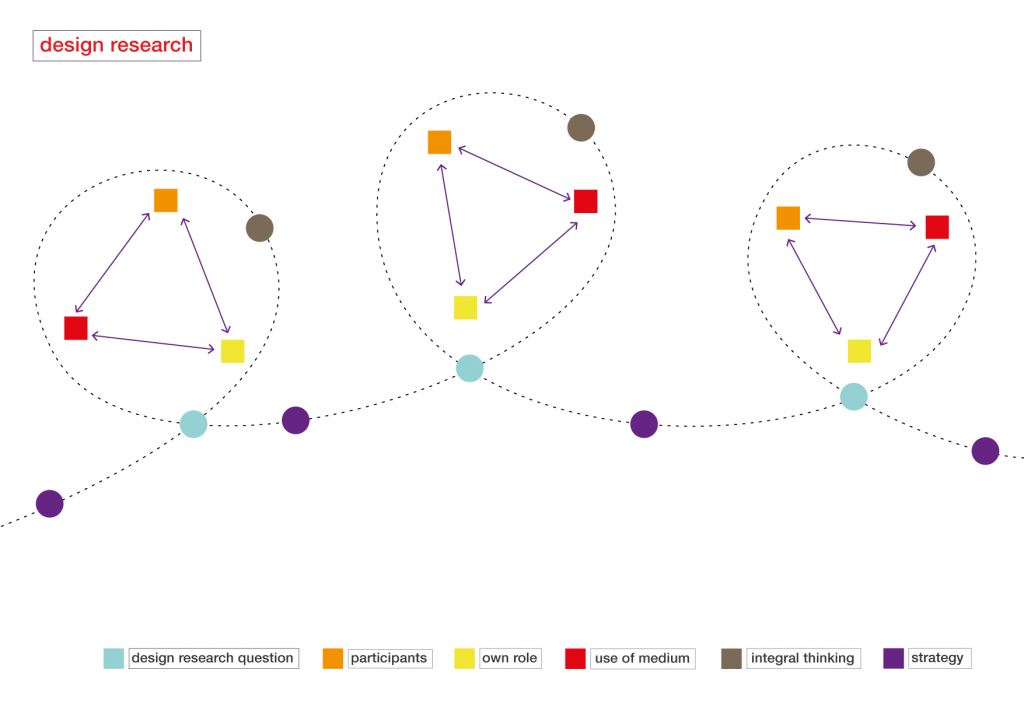
Students integrate methods and tools provided by the Master Design into the development of their personal methodology. Throughout their design research, they formulate their questions and approaches more specifically, thus building a strategy for doing design research. Iterations feature well designed materials, supporting scenarios and specific participants, leading to relevant knowledge, choices and designs.
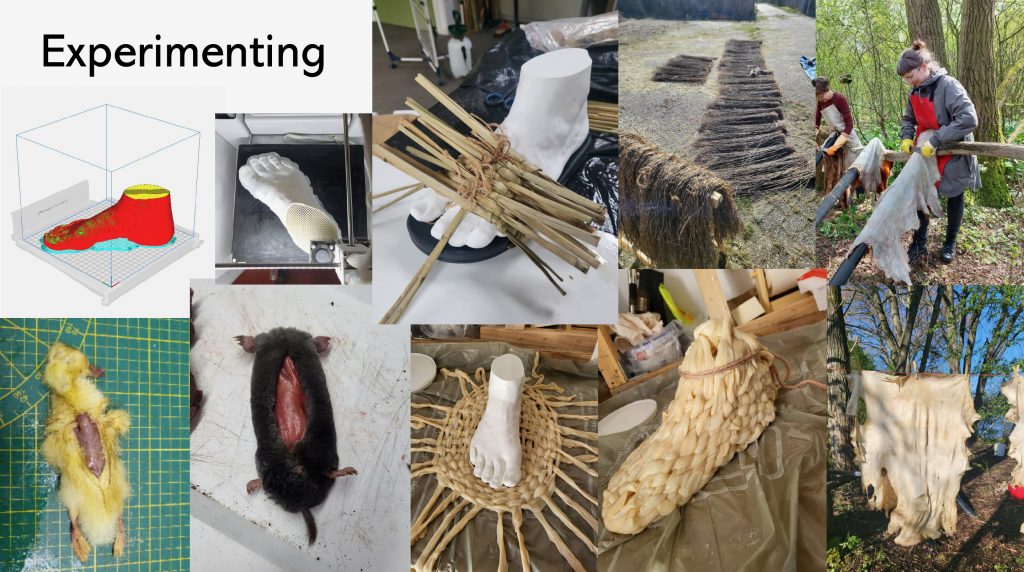
Storytelling
Students apply storytelling, in which their design plays a central role, to reflect upon and tell about their design research. In-depth research, in which literature is read and experts interviewed, forms the own frame of thinking for each student. At various moments during their process, students share their motivations, choices, and goals. They do so through different media, such as a living atlas, blog post or presentation. A common characteristic is that text, images, sound etc. are seen as equally valid resources, and that medium and design support the narrative.
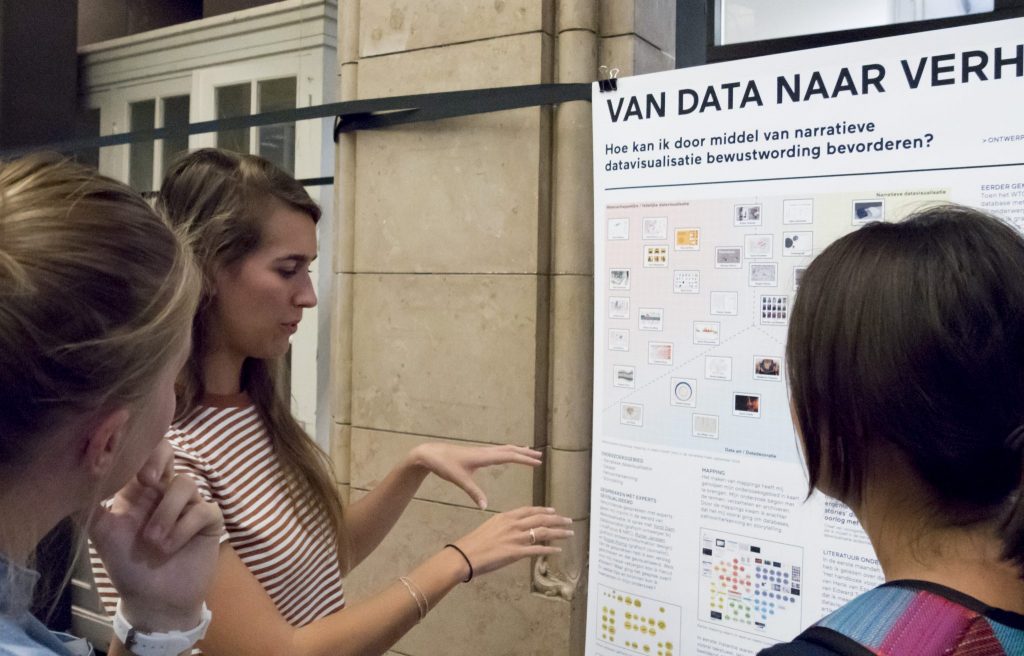
Involving participants in the development of their design, requires an open approach. Using their documented research, they make arguments for an accountable way of getting to their design goal. As they progress through the programme, students increasingly find their own voice within a convincing and engaging form of storytelling.
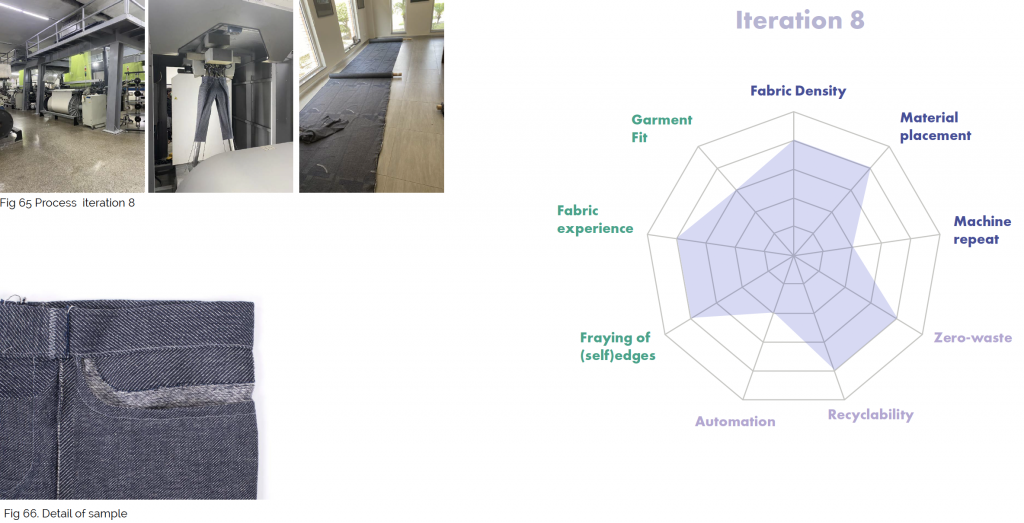
New Practices
Students relate to emerging practices within society and design. They contribute to these practices by developing a new professional role within the context of their design research. Through their methodology, they can clearly and solidly position themselves as experts within new professional networks. They develop these networks through collaborations with participants, such as users of their designs, peers, experts and stakeholders.
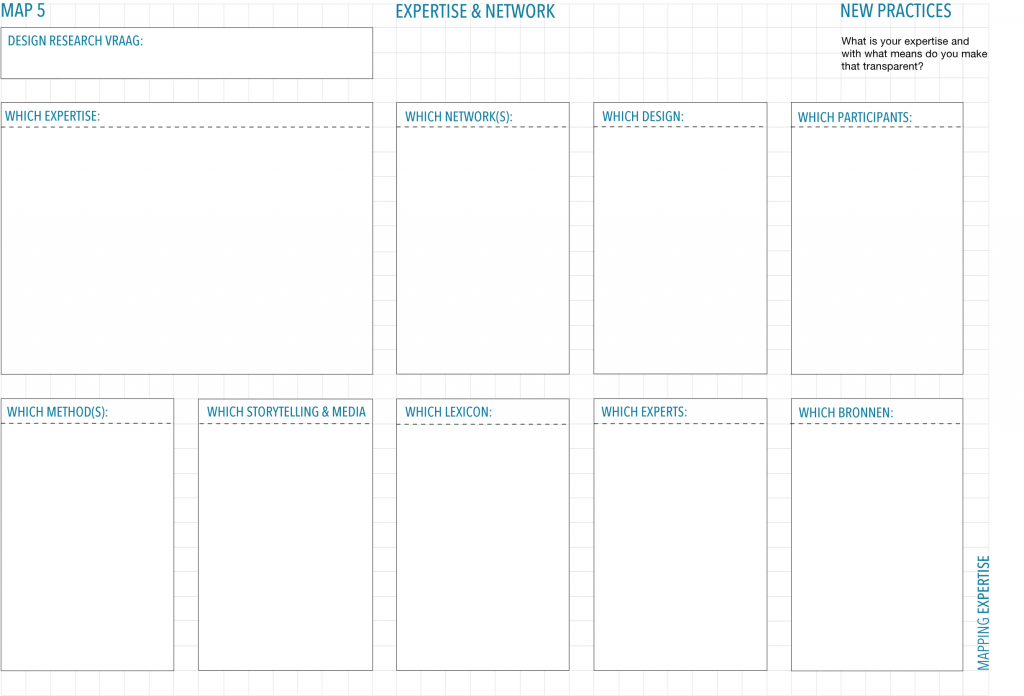
By understanding the value of the knowledge and the design resulting from their design research, they position themselves impactful in their new practice, in what they do, in whom they involve, in how they communicate their narrative. The Master Design helps them clearly and solidly define their vision within relevant contexts.
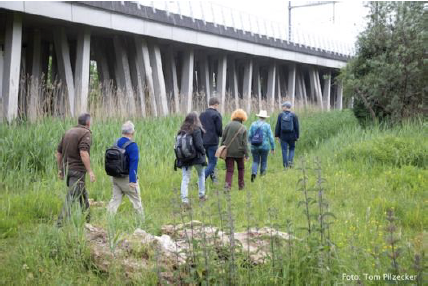
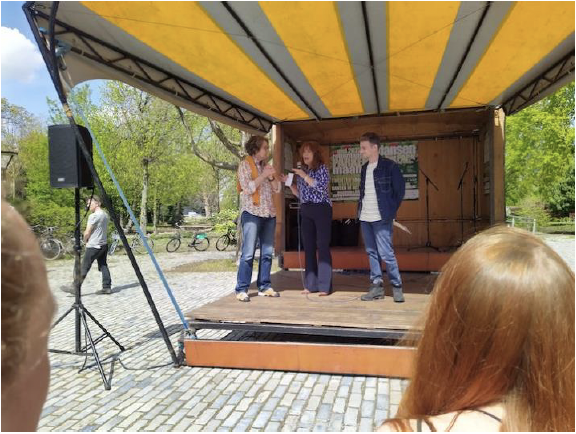
Competencies
The frameworks of the programme are based on the competencies that have been agreed (inter)nationally for art and design at master level.
We have translated the national competencies into a set of our own criteria, distinguishing between semester levels and hbehaviour. This professional performance is specifically described, such as in asking (sub) questions that you research through design and in-depth methods or developing a process that does justice to all participants relevant to your design research. This performance is then examined at different levels: is it exploring (semester 1), defining (semester 2), deepening (semester 3) or that of an independent and critical expert (semester 4). These semester levels follow the double diamond that is known in the design world as a representation of the design process: from diverge to converge, and again. Our final level requires independence, as well as a clear foundation for the design research and the accountable choices, and relevance to a larger context.
Feedback and assessment
We guide our students in their own development. Guided reflection is important here, in a continuous line of the feedback we give them during workshops and during the assessments at the end of each semester. With our current practical experience in mind, we respond from the framework of our study programme to the steps that students take and the questions they have in their process. The students own elaboration plays an important role, in that sense that everyone’s design research requires a specific approach. Professional performance is to a certain extent general, but its interpretation is personal and authentic for every student.
